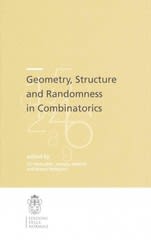Question
1.) T/F, we can only use the C.I. approach to hypothesis testing when dealing with a two- sided alternative hypothesis regarding . 2.) If the
1.) T/F, we can only use the C.I. approach to hypothesis testing when dealing with a two- sided alternative hypothesis regarding .
2.) If the "status quo" value is within the C.I. for a two-sided hypothesis test, then we _______ reject the null hypothesis and therefore ______ conclude the alternative hypothesis.
3.) The difference between s and is that s suffers from ___________ because it's calculated from the sample.
4.) As the sample size n (decreases/increases), the sample standard deviation s becomes more "stable" and close to .
5.) As a result of the property examined in Question 19, as the sample size n increases, t- scores and z-scores behave more and more similarly/differently) as a result of the ____.
6.) As n increases, the degrees of freedom in the corresponding t-distribution (increases/decreases).
7.) Whenever we calculate a t-score as our test statistic, we have to use the ____ distribution to calculate the p-value.
8.) Whenever we calculate a z-score as our test statistic, we have to use the ____ distribution to calculate the p-value.
9.) What is P(t > 1.058) when n=26?
10.) What is P(t > 1.103) when n=26?
Step by Step Solution
There are 3 Steps involved in it
Step: 1

Get Instant Access to Expert-Tailored Solutions
See step-by-step solutions with expert insights and AI powered tools for academic success
Step: 2

Step: 3

Ace Your Homework with AI
Get the answers you need in no time with our AI-driven, step-by-step assistance
Get Started


